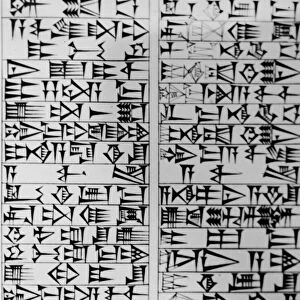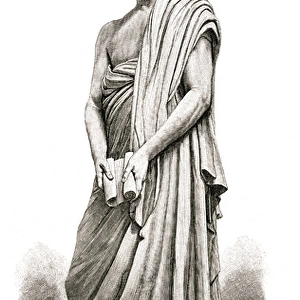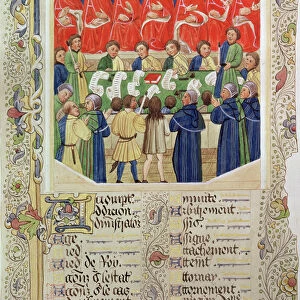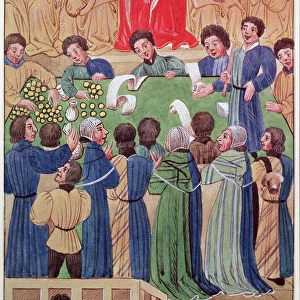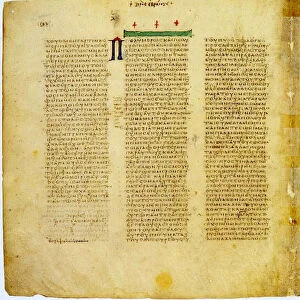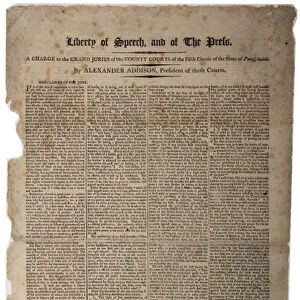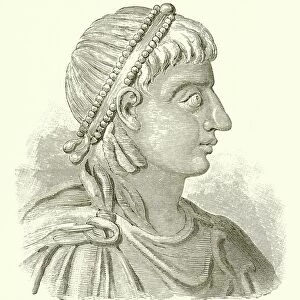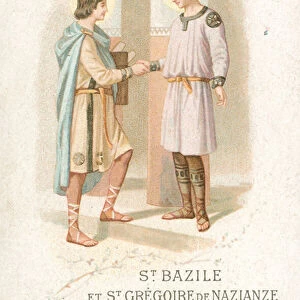Home > Historic > Ancient civilizations > Ancient Greece > Greek history
The Gortyn Code in Dorian dialect. 5th B. C
![]()

Wall Art and Photo Gifts from Mary Evans Picture Library
The Gortyn Code in Dorian dialect. 5th B. C
The Gortyn Code. Dorian writing on the wall of a Roman Odeon. 5th century B.C. Crete. Greece
Mary Evans Picture Library makes available wonderful images created for people to enjoy over the centuries
Media ID 14335736
© Thaliastock / Mary Evans
Code Crete Dialect Dorian Fragment Inscription Letter Scripture Gortyn
FEATURES IN THESE COLLECTIONS
> Europe
> Greece
> Related Images
> Historic
> Ancient civilizations
> Ancient Greece
> Greek history
EDITORS COMMENTS
1. Title: The Gortyn Code: A Fragment of Ancient Dorian Civil Law from 5th Century B.C. Crete The hauntingly beautiful image showcases a fragment of The Gortyn Code, an ancient inscription etched in Dorian dialect on the wall of a Roman Odeon in Crete, Greece. Dating back to the 5th century B.C., this remarkable discovery offers a glimpse into the rich history and civil law of ancient Greece. The Gortyn Code, also known as the Code of Gortyna or the Law of Gortys, is one of the most significant legal texts from the ancient Greek world. Written in Doric Greek, the dialect spoken in the eastern part of Crete, this code was discovered in 1884 during archaeological excavations at the site of the Roman Odeon in the ancient city of Gortyn. The inscription, which is believed to have been carved around 450 B.C., contains 11 articles that cover various aspects of civil law, including property rights, marriage, and inheritance. It is considered a crucial source of information about the legal system and social structure of ancient Crete. The Dorian script, as seen in this fragment, is characterized by its simple, angular letters. The scripture's elegant lines and clear, legible text are a testament to the advanced literacy levels of the ancient Greeks. The use of Dorian dialect in the inscription indicates that the code was intended for the local population of eastern Crete. This image invites us to explore the fascinating world of ancient Greece and its enduring contributions to human civilization. The Gortyn Code, with its intriguing history and historical significance, serves as a powerful reminder of the rich cultural heritage that continues to inspire and influence us today.
MADE IN THE UK
Safe Shipping with 30 Day Money Back Guarantee
FREE PERSONALISATION*
We are proud to offer a range of customisation features including Personalised Captions, Color Filters and Picture Zoom Tools
SECURE PAYMENTS
We happily accept a wide range of payment options so you can pay for the things you need in the way that is most convenient for you
* Options may vary by product and licensing agreement. Zoomed Pictures can be adjusted in the Basket.


